Rechargeable Batteries
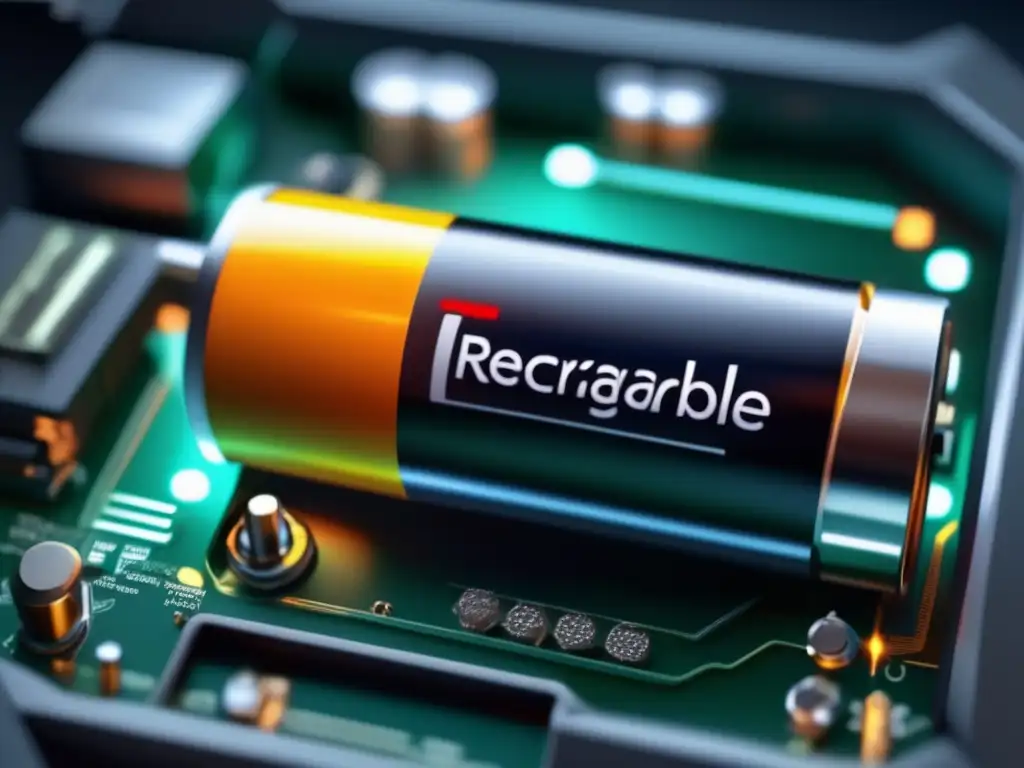
In-Depth Review of Rechargeable Batteries: Essential for Hurricane Preparedness
Introduction
Hurricanes can cause widespread power outages and leave affected communities without electricity for days or even weeks. During such situations, a reliable and sustainable source of power is crucial for survival and staying connected to the rest of the world. Rechargeable batteries are an essential product in any hurricane preparedness kit, and this article will provide valuable information on why they are necessary, features to look for when purchasing, different types available, and popular options in the market.
Why Rechargeable Batteries is Essential for Hurricane Preparedness
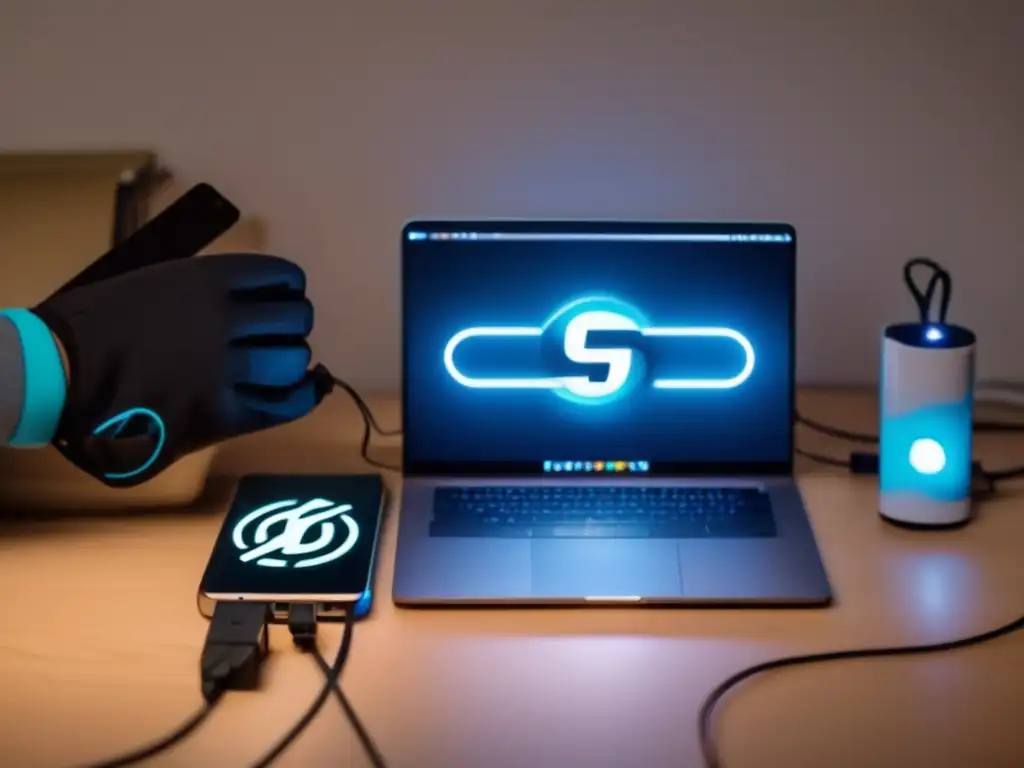
The Role of Rechargeable Batteries in Safety and Survival
Rechargeable batteries are essential for safety and survival during a hurricane because they power essential devices such as flashlights, radios, and mobile phones. These devices keep you informed about the weather, emergency updates, and provide light and communication during power outages. A rechargeable battery is sustainable and can be easily recharged using solar power or a generator if available. This makes them the ideal power source for extended power outages, ensuring that you remain connected and safe throughout the hurricane.
Potential Scenarios Where Rechargeable Batteries is Needed
During a hurricane, there are potential scenarios where rechargeable batteries might be required. This includes powering flashlights while evaluating damage or inspecting for potential hazards or keeping communication devices charged when cell towers are operational but power stations down. Rechargeable batteries can also power small medical devices that might be necessary during an emergency. They are also instrumental in keeping children calm with their favorite devices, which can be a source of comfort and entertainment during such a stressful event.
Features to Look for in a Rechargeable Batteries
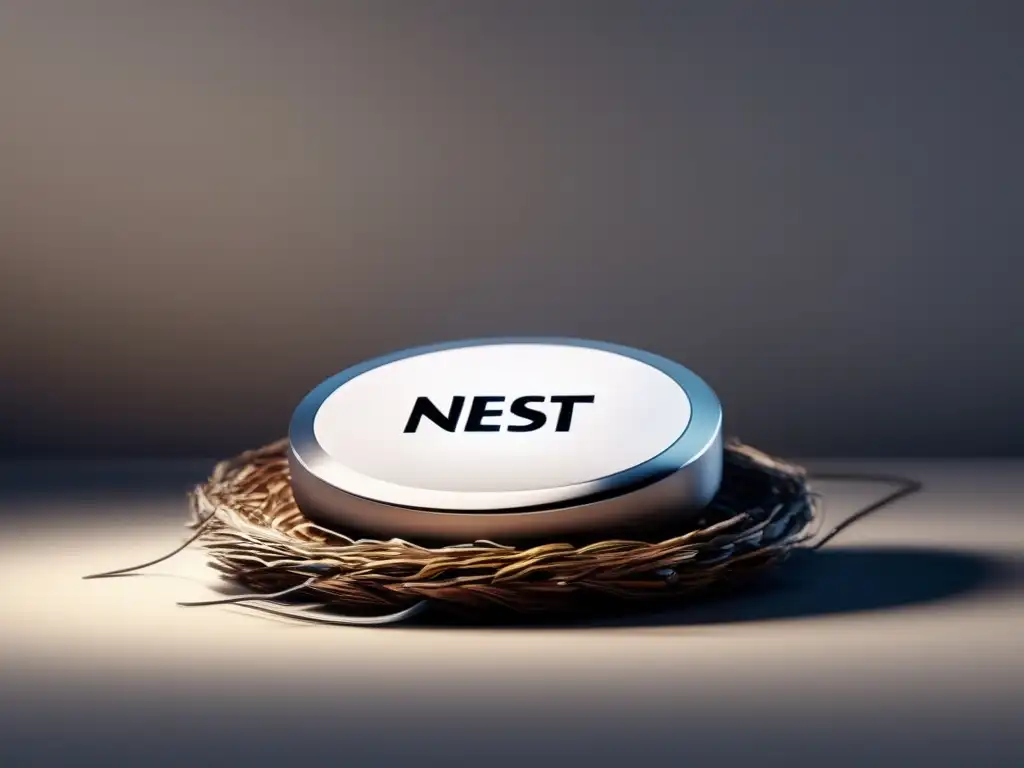
Build Quality and Durability
When purchasing rechargeable batteries, it is essential to consider their build quality and durability. Since hurricanes come with harsh weather conditions, the product needs to be sturdy enough to withstand them. Look for batteries made of high-quality materials that are water-resistant, dustproof, and shockproof. Additionally, check the build quality of the battery charger; the charger should be made of high-grade plastic and have robust electrical components.
Functionality and Ease of Use
During an emergency, functionality and ease of use are critical factors to consider when using rechargeable batteries. Look for batteries that have an easy-to-use design and can be recharged quickly. Additionally, check if they come with different charging options such as USB or solar power, which can be useful in case of extended power outages.
Battery Life or Alternate Power Sources
Another essential factor to consider is the battery life or alternate power sources available. Look for batteries that have a longer battery life or those that provide alternate power options such as an external battery pack or a charging dock that can charge multiple devices simultaneously. This ensures that you have a reliable source of power throughout the hurricane.
Understanding the Different Types of Rechargeable Batteries

NiMH Rechargeable Batteries
Nickel-Metal Hydride (NiMH) rechargeable batteries are the most common type of rechargeable batteries. They are used extensively in flashlights, radios, and other electronic devices that require long-term usage. NiMH batteries operate at 1.2 volts and come in different sizes such as AAA, AA, C, D, and 9-volt.
Lithium-ion Rechargeable Batteries
Lithium-ion rechargeable batteries are ideal for devices that require high-energy output. They are lightweight and have a longer lifespan than NiMH batteries due to the chemical composition of their electrodes. Lithium-ion batteries operate at 3.7 volts and are available in different sizes such as AA and AAA.
Popular Rechargeable Batteries Options in the Market
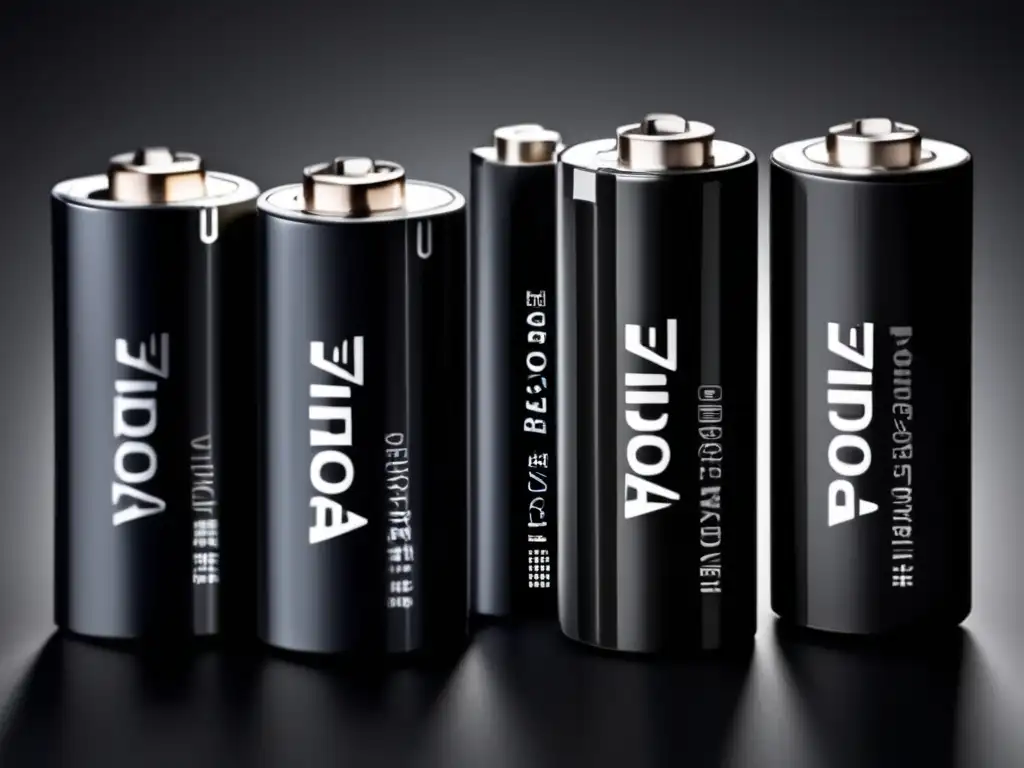
There are many rechargeable battery options available in the market, and below are brief reviews of three popular products:
Energizer Rechargeable AA Batteries
The Energizer Rechargeable AA Batteries are a popular option because they hold their charge for up to one year. They can also be recharged up to 1500 times, making them an economical choice. These batteries come pre-charged so that they can be used straight out of the package.
Panasonic Eneloop AA Batteries
The Panasonic Eneloop AA Batteries can retain their charge for up to ten years. They are also available in different sizes such as AA, AAA, C, and D. These batteries come pre-charged and can be used right out of the package.
Goal Zero Yeti 400 Portable Power Station
The Goal Zero Yeti 400 Portable Power Station is a powerful and versatile option that provides a reliable source of power during extended power outages. It has a capacity of 400 watt-hours and can power small appliances such as a mini-fridge or a laptop. It can be charged using solar power, a car charger, or a wall outlet.
Frequently Asked Questions
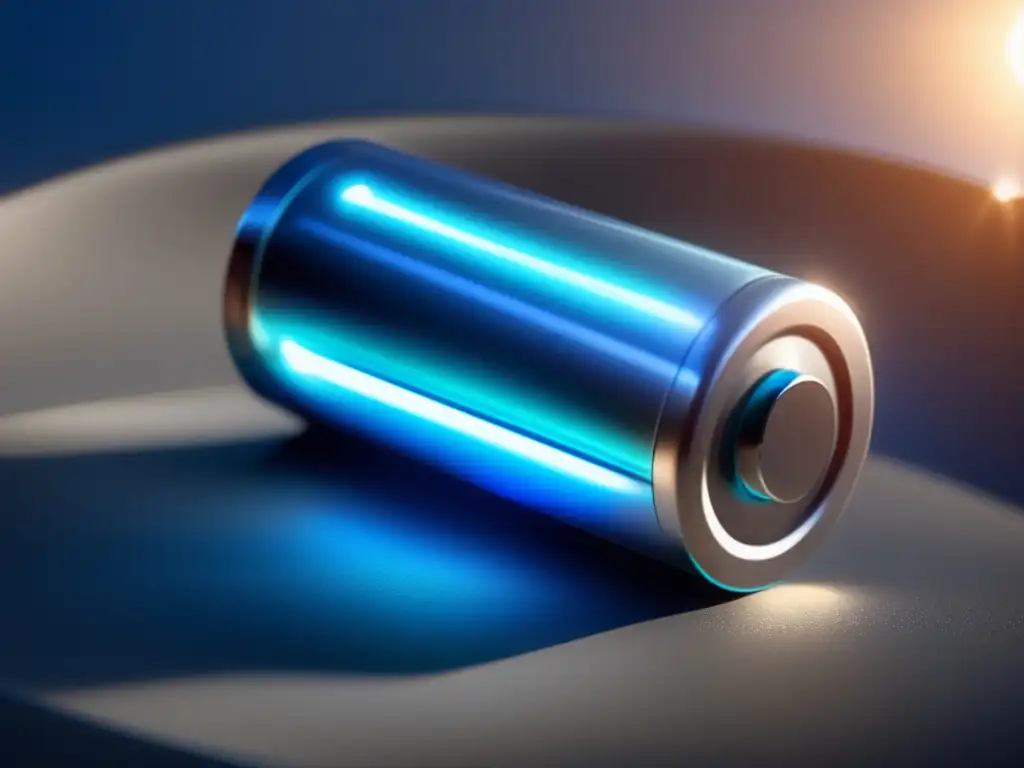
-
How long do rechargeable batteries last?
The lifespan of rechargeable batteries varies depending on the type and frequency of usage. NiMH batteries typically last between 500 to 1000 charge cycles, while lithium-ion batteries last up to 300 to 500 charge cycles.
-
Can I use rechargeable batteries in all devices?
It would be best to check the manufacturer's instructions before using rechargeable batteries in a device. Most devices have compatible rechargeable batteries available in the market.
-
What should I do with my old rechargeable batteries?
Do not throw away rechargeable batteries as they contain toxic materials that can harm the environment. Check for local recycling centers that accept rechargeable batteries.
-
Can rechargeable batteries explode?
Rechargeable batteries can explode if they are exposed to extreme heat or punctured. Ensure that you follow the manufacturer's instructions on proper disposal and handling.
-
Are rechargeable batteries cost-effective?
Rechargeable batteries are a cost-effective option in the long run since they can be recharged multiple times, reducing the need to purchase disposable batteries frequently.
Conclusion
Rechargeable batteries are essential in any hurricane preparedness kit due to their sustainability and reliability. When purchasing rechargeable batteries, it is essential to consider their build quality, functionality, battery life, and alternate power sources. Different types of rechargeable batteries are available in the market, such as NiMH and lithium-ion batteries. Popular rechargeable battery options include Energizer Rechargeable AA Batteries, Panasonic Eneloop AA Batteries, and Goal Zero Yeti 400 Portable Power Station. Ensuring that you have a reliable source of power through rechargeable batteries can help keep you safe and connected during a hurricane.
Encourage readers to share their thoughts on the article in the comments section and engage with hurricaneinsider.org, by subscribing and sharing the article on social media platforms.
If you want to discover more articles similar to Rechargeable Batteries, you can visit the Hurricane Preparedness Products category.
Leave a Reply

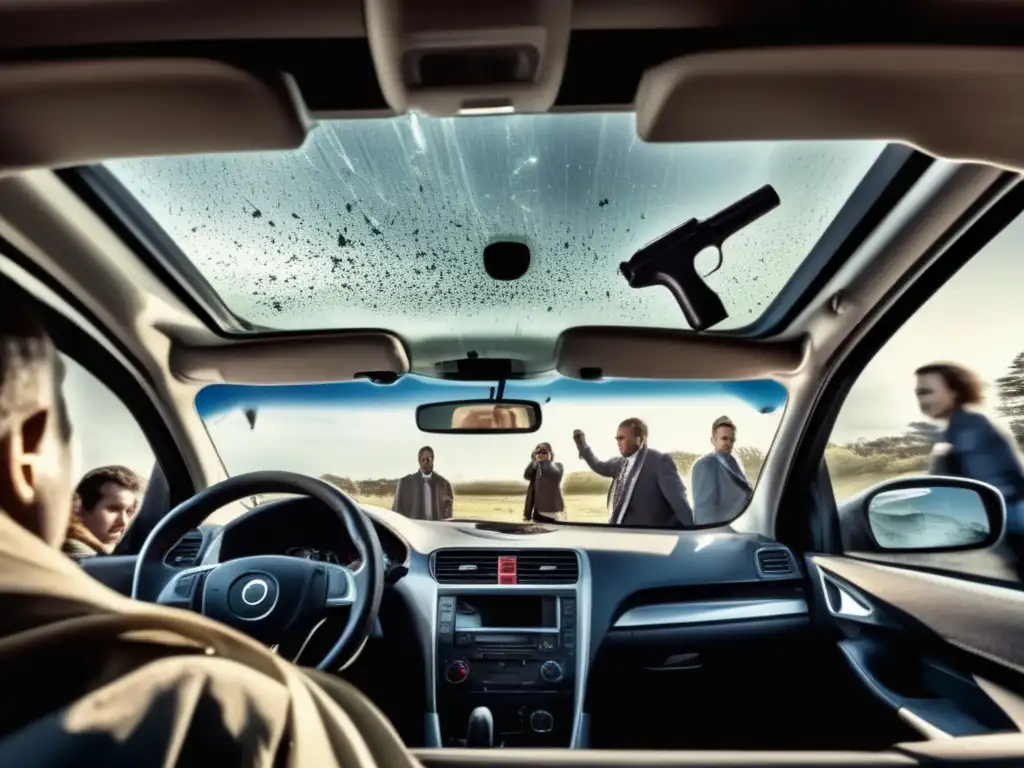


Articulos relacionados: